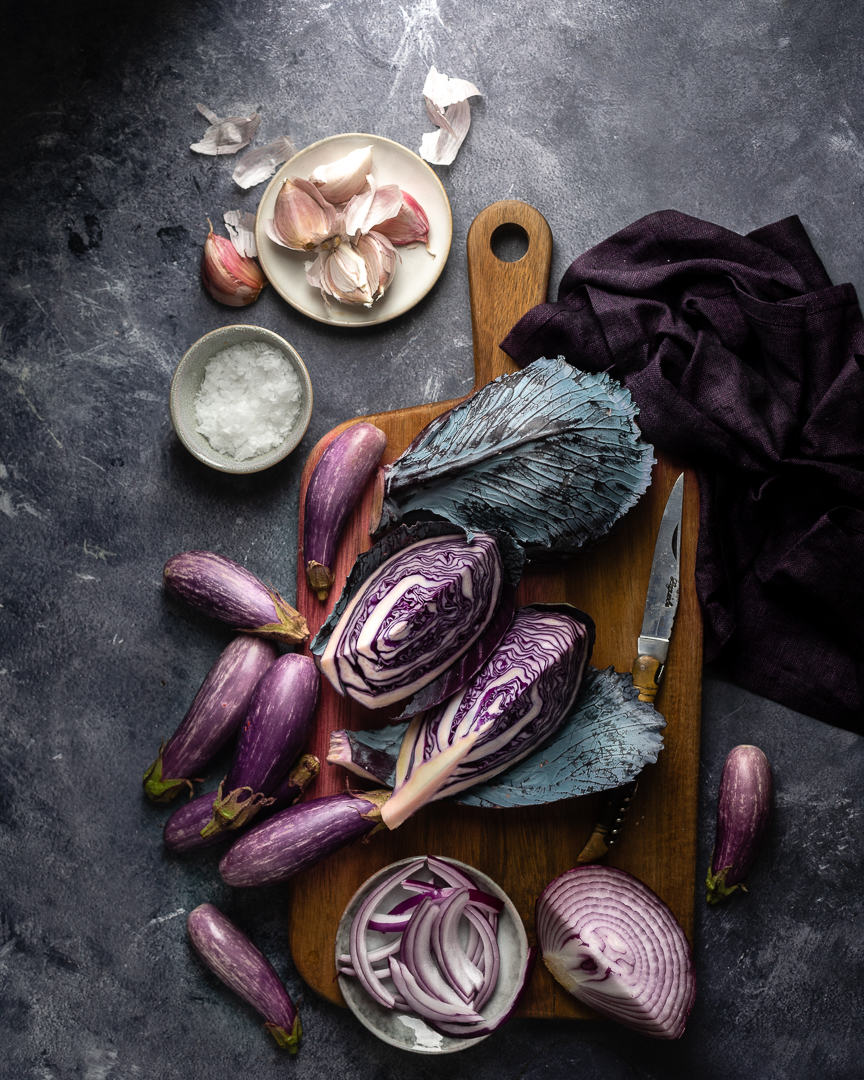Bragging Rights
Explore the latest trends, tips, and stories that make you stand out.
Food Photography: Snap It Like You Mean It
Master the art of food photography and elevate your culinary snaps! Discover tips, tricks, and secrets to capture drool-worthy dishes.
10 Essential Tips for Capturing Mouthwatering Food Photos
Capturing mouthwatering food photos requires more than just a good camera; it demands an understanding of lighting, composition, and styling. To start, consider the importance of lighting. Natural light is often the best option, so try to shoot near windows during the day for a soft, inviting glow. Also, pay attention to the angle at which you take your shots; overhead, 45-degree angles, and eye-level shots can all offer unique perspectives. Experiment with these different angles to see which showcases your dish best. Lastly, styling your food is crucial; garnishes and utensils can make your dishes pop!
Once you've mastered the basics, it’s time to focus on composition techniques. Use the rule of thirds to create visually appealing images; imagine your frame divided into nine equal parts, and place your subject along the lines or intersections. For a modern touch, consider negative space where the background complements the dish without overwhelming it. Lastly, post-processing is an essential step; using programs like Adobe Photoshop or Canva can help enhance colors and contrasts, bringing out the vibrant aesthetics of your food. Remember, the goal is to evoke a craving in your audience with every shot you take!

The Art of Plating: How Presentation Elevates Food Photography
The art of plating is not just about making food look appealing; it plays a crucial role in enhancing food photography. A well-presented dish creates a visual narrative that entices viewers and whets their appetite. When photographing food, consider the composition, color contrast, and textures. Utilize negative space to draw attention to the main subject, and don’t shy away from experimenting with different angles to showcase the dish's best features. Adding garnishes or using unique serving dishes can elevate the overall presentation and add depth to your photos.
In addition to visual appeal, plating techniques can reflect the cultural and personal stories behind the cuisine. From minimalist styles to extravagant presentations, the way food is plated can evoke emotions and memories. To improve your food photography skills, keep in mind some essential tips:
- Choose complementary colors to enhance visual impact.
- Layer ingredients thoughtfully for depth.
- Garnish strategically to finish off the presentation.
What Equipment Do You Really Need for Stunning Food Photography?
When it comes to stunning food photography, having the right equipment is essential for capturing mouthwatering images that make your viewers hungry for more. At the very least, you will need a decent camera that allows for manual settings, such as a DSLR or mirrorless camera. A DSLR or mirrorless camera enables you to control aperture, shutter speed, and ISO, giving you the flexibility to create rich, detailed images. Additionally, investing in a quality lens is crucial; a prime lens with a wide aperture, preferably 50mm or 85mm, can help create that coveted shallow depth of field that makes your food pop in a shot.
Don't underestimate the importance of good lighting in food photography. Natural light is often the best option, so consider using a large window as your primary light source. However, when natural light isn’t available or ideal, you might want to invest in some softbox lights or LED panels designed for photography. Soft natural lighting helps eliminate harsh shadows and highlights, resulting in beautifully illuminated dishes. Lastly, a tripod is a must-have to ensure stability and maintain focus, especially in low light situations where longer exposure times may be necessary.